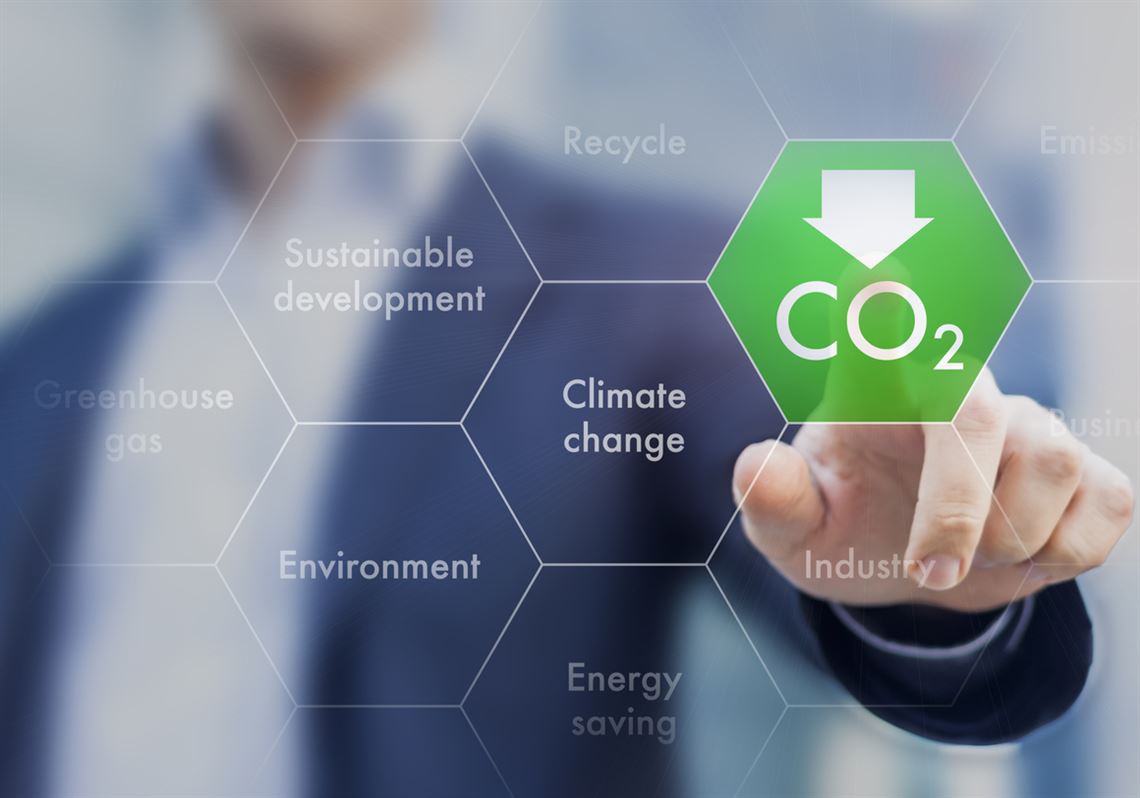President Donald Trump’s decision to withdraw from the Paris climate accord has drawn criticism, but if there’s a silver lining, it may be that his renewed focus on coal could spur technological advances leading to both a cleaner environment and safer power generation for millions of people around the world.
Roughly 3 billion people in the developing world have virtually no access to energy. And while countries like India and China are rapidly industrializing their power sectors, much of the world remains largely in the dark. In fact, the burning of dung still serves as the chief source of energy for cooking and heating in many places. The adverse impacts of such a fuel source — including indoor air pollution and black carbon — threaten both lives and environmental safety. So it’s imperative to find a safer means to deliver reliable energy to the people who need it most.
In contrast to the developing world, America enjoys world-leading access to power generation for schools, hospitals, public transportation, water treatment, sewage facilities and food storage. A third of this power comes from coal-fired plants that run 24/7.
Technology is helping to significantly cut emissions from these plants. New coal stations are 90 percent cleaner than the 1970s fleet they’re replacing. And while coal use has tripled over the past 40 years, regulated emissions from coal-based electricity generation have decreased by nearly 40 percent, thanks to scrubbing technologies that trap 98 percent of sulfur-dioxide emissions, 90 percent of nitrogen-oxide emissions and 90 percent of mercury emissions.
More impressive technologies are on the horizon. A Clean Coal Technology partnership administered by the U.S Department of Energy is working to develop systems that could ultimately enter large-scale commercial deployment. The CCT program has already resulted in more than 20 new, lower cost, more efficient and environmentally compatible technologies for electric utilities, steel mills, cement plants and other industries.
In the wake of the Paris accord, it’s important to consider that “carbon capture” technologies are already being brought online to trap CO2 emissions. The technological advances are impressive, including the use of CO2 to enhance oil recovery through fracking — with the CO2 subsequently stored underground.
NRG Energy in Texas, for example, captures 1.6 million tons of CO2 each year, an environmental impact equal to taking 350,000 cars off the road. The plant uses carbon dioxide from a coal-burning power plant to extract more oil and natural gas from old wells. And a company in Alberta, Canada, is injecting power plant carbon dioxide emissions into concrete to make it stronger.
Even without carbon capture, modern coal plants are reducing CO2 emissions. New “supercritical” and “ultra-supercritical” boilers increase the heat rate of coal-based power plants by as much as 49 percent, which makes for more efficient burning and less pollution.
Improvements in solar and wind systems suggest they’ll play a greater part in America’s energy portfolio, but coal and other fossil fuels will likely serve as the backbone of domestic energy production for the foreseeable future. It makes sense then to pursue advanced technologies to improve their efficiency and environmental performance.
The benefits go beyond our shores. What the United States can do is not only bring such technologies into use — to modernize and improve existing coal plants — but also share them with countries struggling to meet basic power needs. If China and India, for example, are committed to coal usage, shouldn’t the United States help them design systems that emit as little CO2 as possible and otherwise reduce environmental impacts?
America is on the cusp of great achievements in clean coal research and development. Moving forward will help to meet increasingly stringent environmental challenges and expectations, especially regarding emissions control and carbon capture. As advanced coal plants are constructed to meet the world’s growing energy needs, America will have even greater opportunities to be a leader in clean coal.
Jeffery L. Kohler is professor and chair of mining engineering at Penn State University.
First Published: July 21, 2017, 4:00 a.m.














